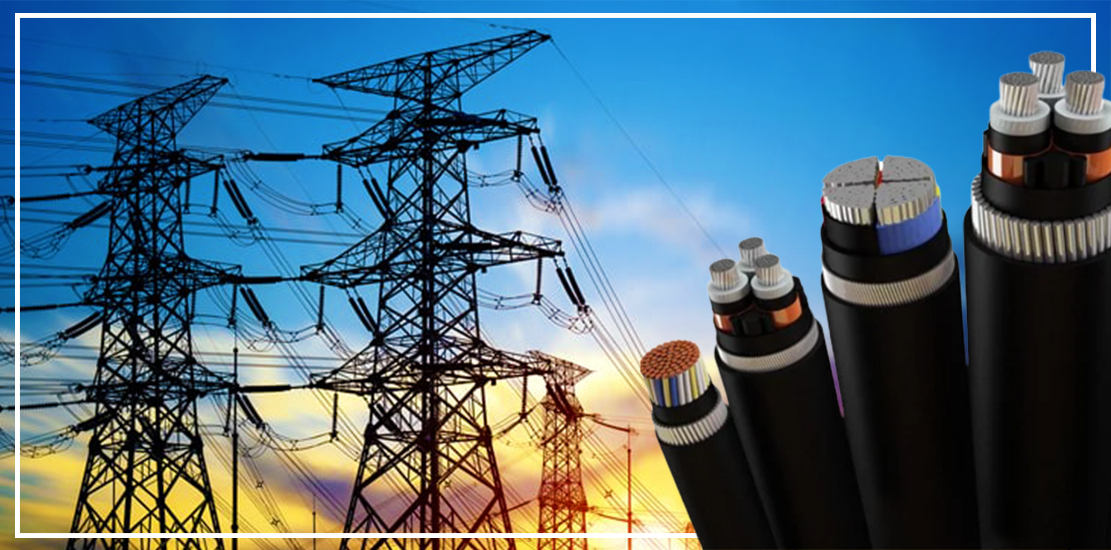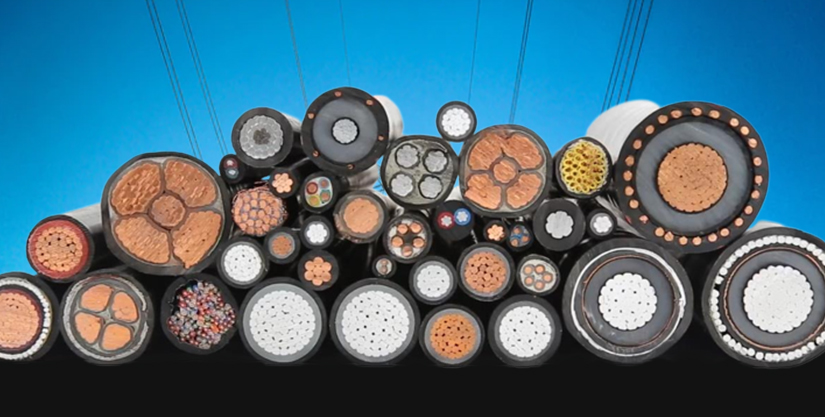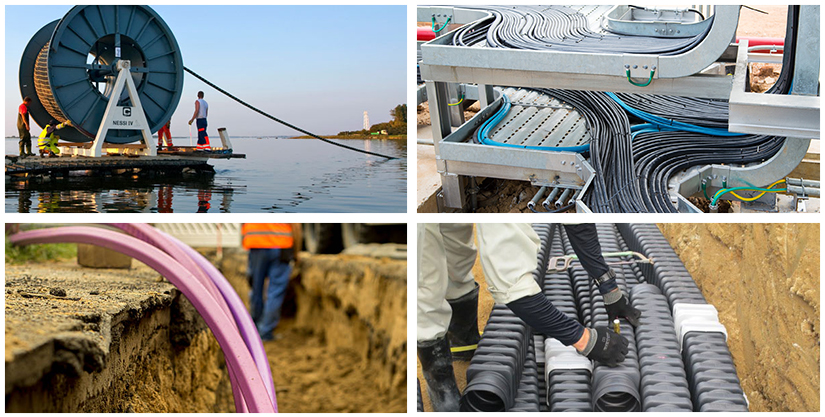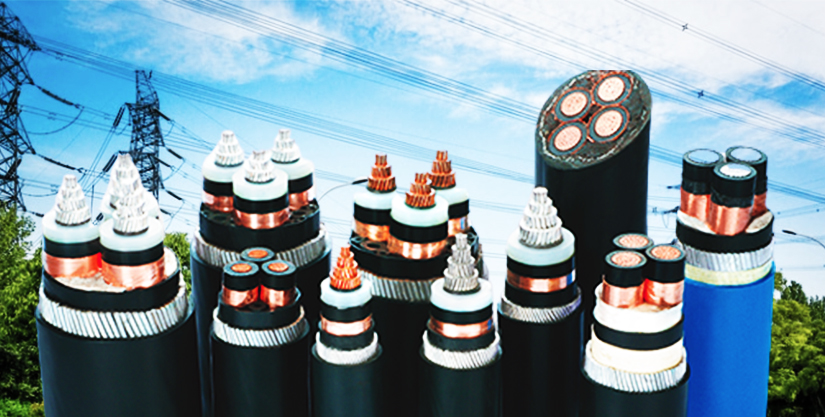
What makes XLPE suitable for Power Supply
The usage of power cables in the power sector is increasing over overhead lines. The technical characteristics of power cables, good insulation properties, conducive cores, heat aging resistance, and thermal balance make them suitable for low to ultra-high voltage transmission in several environmental conditions.
XLPE, known as cross-linked polyethylene, is increasingly used as insulating material in power cables due to its enhanced and unique properties. The excellent chemical and mechanical properties of XLPE, such as hydrolysis resistance, moisture and abrasion resistance, high extrusion speed, and high electrical and insulation properties, prepares XLPE insulated cables suitable for different harsh environmental conditions.
XLPE insulated cables is preferable to PVC insulated cables for building pipework system, domestic water piping, hydronic radiant heating, underground and underwater power supply, fire survival cables, etc.
Gloster Cables provides a list of XLPE insulated cables for power supply that can operate under low to high voltage in severe environmental conditions.
XLPE and its Properties

XLPE, or cross-linked polyethylene, is a thermoplastic polymer produced from different commercial polyethylene polymers.
XLPE has distinct mechanical, thermal, electrical, and chemical properties making it suitable for specific applications compared to other polymer materials.
Insulation Properties
XLPE has an excellent insulation property compared to other alternative insulation materials like Silicon rubbers and Ethylene Propylene rubber. It has a good electrical property with a low dielectric loss factor that gives it the potential to perform even at higher voltages.
Chemical Properties
XLPE has no chemical properties, allowing us to use it with any chemical, oil, or hazardous materials.
Moisture/Hydrolysis Resistance
The water absorption capacity of XLPE is 0.01 percent making it moisture or hydrolysis resistant. It is waterproof, thus useful for power transmission in wet places and underwater.
Thermal Insulation
XLPE has a working temperature of 90 degrees Celsius and withstands a higher temperature of 120 degrees Celsius for an extended time without losing its chemical and mechanical properties. It gives a short circuit conductor rating of 250 degrees Celsius.
Physical Properties
The tensile strength of XLPE is 18 MPa, surface hardness- SD58, flexural modulus- 0.6 GPa, linear expansion-20 /°C x 10-5, and elongation at break 350 %. The Young Modulus is also high with high resistance to abrasion and environmental stress.
Cross-linking of XLPE
Polyethylene has good electrical properties. However, as a thermoplastic material, its applications are limited due to thermal constraints.
Crosslinking of polyethylene improves its stability at elevated temperatures compared to thermoplastic materials.
XLPE Cross-linking is the process of vulcanizing the rubber by adding a small number of chemical additives that helps rearrange the molecular structure into a lattice. The formation of lattice hinders the movement of molecules in the presence of heat. The molecular bond improves properties such as heat deformation, abrasion, and chemical and stress crack resistance. It allows higher operating temperature for normal loading, as well as in short-circuit conditions.
The effect of aging that accelerates due to increased temperature, XLPE provides favorable characteristics for it. And newly generated physiochemical properties after the crosslinking treatment enable XLPE to fit different environmental conditions.
Application of XLPE Insulated Cables

The combination of XLPE’s physical properties, long-term stability, UV resistance, impact strength, abrasion resistance, and environmental stress cracking resistance makes XLPE suitable for many applications and product ranges.
Let us discuss some key applications of XLPE.
Fire Survival Cables
XLPE’s improved fire resistance properties make it one of the best choices for primary insulation material for fire survival cables. XLPE insulated cables can withstand the high temperature of 120 degrees Celsius, maintaining their circuitry integrity and other properties. In short circuit conditions, the temperature soaking capacity of XLPE cables rises to 250 degrees Celsius.
Underground Burial
Excellent resistance to heat, ozone, oil, chemical and tear, and abrasion makes XLPE cables fit for direct burial. These cables are corrosion and vibration resistant with high dielectric strength and low dielectric constant, making them excellent insulation medium for underground power transmissions.
Under Water Cables
For underwater or submarine cable systems, XLPE cable should have at least a conductor cross-section adequate to meet the system requirements for power transmission capacity. Usage of a larger conductor helps in reducing of cost of energy loss. The dielectric loss of XLPE cables is less than EPR and fluid-filled cables.
Installation On Trays and Ducts
Cables installed for trays and ducts require certain installation parameters such as maximum pulling tension, ability to handle sidewall pressure, jamming, and other mechanical stress. XLPE insulated cables are preferable for installation on trays and ducts due to their high mechanical and physical strength.
Reasons to choose XLPE Cables in Power Supply

XLPE insulated cables are usually aluminum conductor armored cables. The stranded aluminum conductor is first screened in the form of a semi-conducting extrusion, providing a smooth conductor surface, and preventing the formation of cavities at the conductor surface when the cable bends.
The screened conductor gets insulated with extruded XLPE compound and further screened with a layer of non-metallic semi-conducting material. And over it, a non-magnetic metallic screen in the form of copper or aluminum tape.
XLPE insulation has a dielectric loss of about decimal power than paper insulated cables. And about two decimal powers less than PVC insulated cables. The mutual capacitance of XLPE cables is also lower, helping avoid charging currents and earth-leakage currents in networks. These factors make XLPE cables one of the best alternatives for power supply.
Some other advantages of XLPE cables for use in the power supply are

XLPE cables can work in extreme weather conditions, i.e., high and low temperatures.

These cables are resistive to heat aging and any cracking.

It limits the effect of radiation due to excellent mechanical properties.

The weight of XLPE cables is less, making them suitable for installation.

XLPE cables are suitable for high voltage transmission and are useful in cities and over-crowded places where overhead transmission lines are difficult.

In addition to excellent chemical, mechanical, electrical, and insulation properties, XLPE is water tree resistant.
It is an advantage for LV and HV cables over PV insulation.
Gloster Cables: Finest XLPE Insulated Cables Provider
Gloster cables are wire and cable service providers with excellence in the power supply segment. It brings a range of LV, MV, and HV XLPE insulated cables for various applications, including Fire survival cables, underground power supply, underwater power transmission, installation of ducts and layouts, etc. XLPE cables manufactured by Gloster undergo a stringent quality test to improve their life length and performance.
CONTACT US